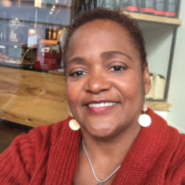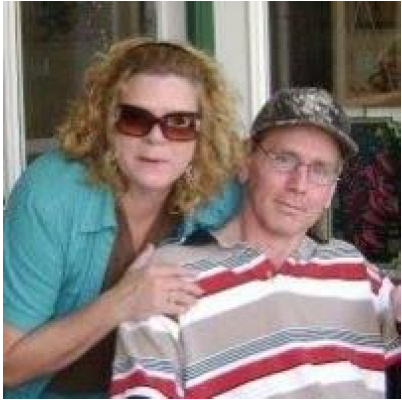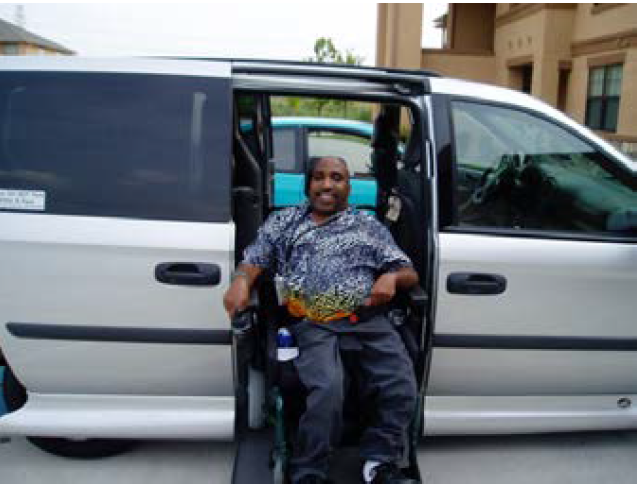AARP Hearing Center
Taking it to the Next Level: Four People with Four Stories and Four Lessons
By Merle Edwards-Orr, October 15, 2018 01:09 PM
As Kathleen Ujvari and I were writing "Taking it to the Next Level: Using Innovative Strategies to Expand Options in Self-Direction," we were privileged to speak to people in several states who were self-directing their services. Each unique story offered us different lessons. While we could only choose one story for the Innovative Strategies paper, we wanted to share what we learned from the other individuals we spoke to.

Patricia is a Veteran who lives in Florida. From her, we learned how the flexibility of self-direction can work when other approaches have not. Patricia told us how she "failed out of home care" because she had good days and bad days so when the home health agency came on a "good day," she said "it would just make both of us mad”. Now that she’s self-directing, Patricia has hired as her caregiver a close friend and long-term advocate who understands the changeable nature of her needs. This, along with her using her funds for transportation, physical therapy, and house cleaning has allowed Patricia to no longer "be tethered to the bed or tethered to the house".

In Iowa, we talked to Jennifer, who is the mother of a child with special needs. Jennifer taught us that services are useful only if you can access them. While she was eloquent about how important it was to be able to hire people who could relate to her son and be stable faces in his life, she was equally eloquent that finding a doorway into services took several years. She also described how program changes can feel like a major undertaking for participants and cited Iowa's move to managed long-term services and supports as an example.

Texas seemed to be particularly fertile ground for our conversations. Besides Rita, whose portrait we used in the Innovative Strategies paper, we met Curtis and Ricky. Curtis reminded us of the importance of family, but how sometimes people need more than what a family can provide. Curtis is quadriplegic and lived at home with his parents for many years. As time went on, his parents aged and his father died. Curtis and his mother found they could pool their resources to take care of themselves, but when she died, Curtis could not manage on his own. He was very
concerned that he wouldn’t able to live in the home he had known for most of his life, but Texas' Consumer-Directed Services (CDS) has allowed Curtis to hire the help he needs to continue to lead his quiet life in his own home.
The quiet life is not for Ricky. From him, we learned just how far self-direction can take you. With his life-long diagnosis of cerebral

palsy, he knows the limitations of group living and revels in the independence CDS has given him. But living on his own is just the beginning. The flexible support from CDS has allowed him to own a car and manage his own transportation. This has allowed him to hold a job helping others with disabilities find the care they need. Beyond that, he has become a voice on state-wide advisory groups, sharing his knowledge to push for program-wide improvements.
These four people provide four stories and four lessons. But the one thing they all have in common is that self-direction allows them to have choice and control over how they live their lives.































































